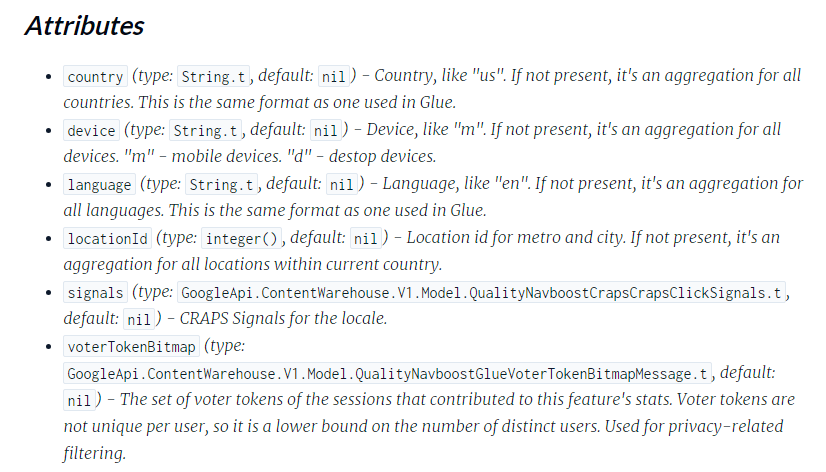What are Google’s Navboost and Glue?
In an effort to harness user-behaviour to better understand the relevance and quality of websites Google created Navboost, and later Glue.
The beginnings of Navboost can be traced back to 2005 but confirmation that Google had a named product called Navboost and Glue first came out in the antitrust case in January 2023 and then again in the Google API leak of May 2024.
What is Navboost
Navboost collects user data from Google’s Chrome browser, including the URLs a user has clicked on, how long they were on a page, how they interacted with that page and where they went next.
Google then uses that information, along with other ranking signals, to help work out the user intent and where to rank websites in the Search Engine Results Pages (SERPs).
Some of the information that Navboost collects and uses is:
- Keywords – Navboost records, via Chrome, the number of times a keyword is used in search to identify trends
- Click behaviour – It looks at the Click Through Rate (CTR) of links and Dwell Time to see how long the user stayed on that URL, including if the user bounces back to search (a bad click) or continues their use journey on the website (a good click).
- Platform – Is the user on desktop or mobile?
- Geo-location – Where are the majority of clicks coming from? If they are all from one region a website may be prompted in that region but not in others.
During the antitrust case it was revealed that Navboost stores this information for 13 months (before 2017 it was 18 months). SEO old-timers may be interested in speculating that this may be why sites initially took a long time to recover from Panda back in the day but then recoveries become more common over time. It would appear that the bad quality scores attributed to the algorithmic penalty called Panda was actually a quality score applied by Navboost and the time it took for websites to recover was the refresh rate of Navboost.
What is Glue?
Where Navboost focuses only on search results, Glue includes Navboost plus everything else in the SERPs that are not organic web results. This includes Google Ads, the map packs, knowledge panels, images etc.
Implications for SEO
While the details of the court transcripts and Google API leak are deeply fascinating to SEO nerds like me, all it really does is underline what those of us who have been in the industry a while already knew. Don’t believe everything Google says, work with the wider SEO community, and test your theories!
As for real-world advice, to optimise for Navboost we need to remember to stick to the basics of SEO:
- Clear and logical site structure – Your website needs to be well structured, have easy-to-use navigation, breadcrumbs to help user journeys and well-organised content.
- Internal linking – Ensure that you use internal links to point people in the right direction and link relevant pages to each other using clear anchor text.
- Optimised URLs – Make sure the URLs describe what the page topic is
- Mobile friendly – Your website needs to be usable across all types of platforms.
- Site speed – Speed matters. Optimise your images, minimise javascript and use Content Delivery Networks (CDNs).
Thankfully, while it is really interesting to see the inner workings of Google’s APIs, this leak only reinforces what quality SEO’s have been saying for over 10 years. Focus on building a quality, well-optimised website, centred around your user and you will benefit from Navboost.
Further Reading
Antitrust case summary
Antitrust case transcript
The Google API leak
Analysis by Rand
Analysis by Mike King
Other Sources:
https://dantaylor.online/blog/what-is-googles-navboost-signal/
https://bendyourmarketing.com/blog/navboost-what-it-is-and-how-google-uses-it/







